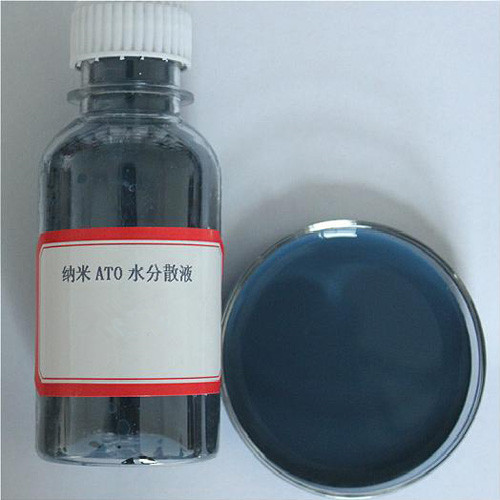Carbon nanotubes (CNTs) powder have long been hailed as one of the strongest structural materials in theory, with individual nanotubes exhibiting strengths reaching the level of hundreds of GPa and moduli in the TPa range. However, achieving this remarkable performance in macroscopic materials has always faced the challenge of the "size paradox." Macroscopic-scale carbon nanotube fibers or structural components often fall short of the theoretical strength of individual CNTs due to factors like insufficient length, uneven alignment, structural defects, and weak inter-tube connections based on shear forces. Despite various strategies attempting to enhance connections through covalent bonding repairs or energy beam welding, these approaches have encountered engineering bottlenecks such as structural damage, high costs, or complexity.
Recently, Professor Fei Wei's team from Tsinghua University introduced and experimentally verified a Van der Waals welding method based on TiO₂ nanoparticles, achieving nearly damage-free macroscopic CNT welding at ambient pressure and temperature for the first time. The joint strength approaches the theoretical limit of individual CNTs, marking another crucial milestone in the transition of carbon nanomaterials "from the laboratory to engineering."
This technology is based on the Fast Chemical Vapor Deposition Self-Assembly (FCVDS) process, allowing precise deposition of nano-sized TiO₂ particles in the overlap region of CNT bundles within seconds, acting as "nano-solder." Unlike traditional welding methods that rely on atomic diffusion or high-temperature covalent restructuring, this approach solely utilizes Van der Waals forces and interfacial friction for connection, thus avoiding structural damage to tube walls caused by high-energy beam irradiation or excitation state generation.
The Van der Waals welding technique opens up new possibilities for scalable production of high-strength macroscopic carbon nanotube materials, with potential applications ranging from aerospace and automotive to sports equipment and biomedical devices. By bridging the gap between theoretical strength and practical macroscopic performance, this breakthrough paves the way for unlocking the full potential of carbon nanotubes in various industries.
In conclusion, the development of Van der Waals welding for carbon nanotubes represents a significant advancement towards harnessing the exceptional mechanical properties of CNTs on a macroscopic scale. With further refinement and optimization, this innovative welding method has the potential to revolutionize the manufacturing of high-performance materials, driving progress in fields requiring lightweight, durable, and strong structural components. As researchers continue to push the boundaries of nanotechnology, the future looks promising for the widespread adoption of carbon nanotubes in industrial applications.
SAT NANO is one of the best supplier of carbon nanotube powder in China, we can supply SWCNT, DWCNT and MWCNT powder and other customed carbon nanotube powder, if you have any enquiry, please feel free to contact us at sales03@satnano.com

























